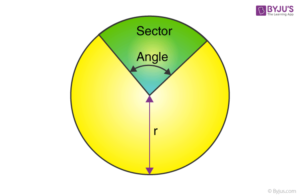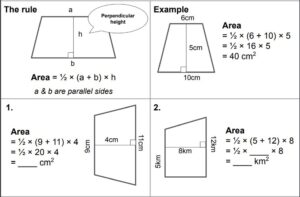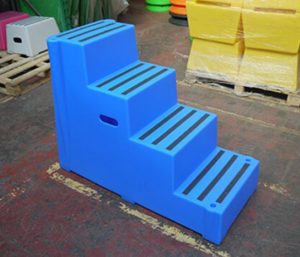Well, we are nearly at the end of a very crazy year. Congratulations on surviving it!
So, it’s been a while since the last blog post. Apologies for that. At the moment I am involved in Mixed Attainment teaching with Year 8. To finish off the term, I thought we deserved a bit of fun. We have a week of lessons left so I’m going for a mini project each lesson.
Lesson 1: Santa’s Route
I found this fab task on the Maths Drill website. There is a real chance for extension in this task, which is great for the mixed attainment classroom.
Lesson 2: Reindeer Ratios (Updated 13th Dec)
We have been following the White Rose Maths scheme for Year 8, which covers a lot of proportion and reasoning through ratio, multiplicative change and fractions. This task tries to cover some of these skills. The answers will be uploaded soon.
Lesson 3: Elf Box Packing Problem (Updated 14th Dec) Elf Box Packing Problem Solutions
This task involves using multiplicative change and fractional multiplication and division, with a dash of unit conversion. There is some work on shapes, but formulae are given where necessary. The first four pages print nicely into a folded A4 (A5) booklet. There is a help sheet for the box packing problem; this would be better printed on A4.
Like this:
Like Loading...




